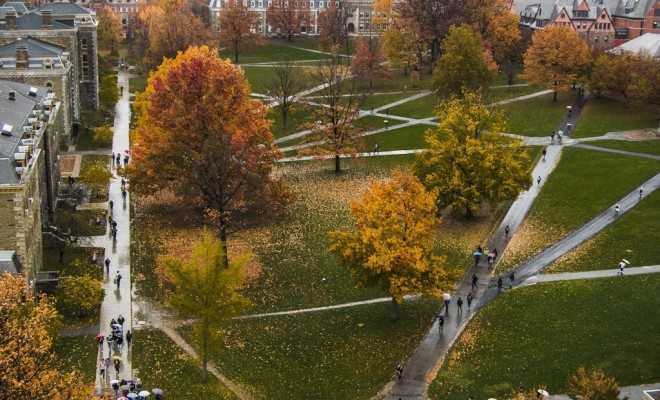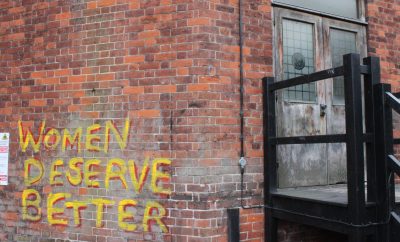 Image courtesy of [Barbara Friedman via Flickr]
Image courtesy of [Barbara Friedman via Flickr]
Crime
Schools Take an Important Step to Understand Campus Sexual Assault
Whenever new research on sexual assault–particularly on college campuses–comes out, it often reiterates the same alarming conclusions from past surveys. Findings like roughly one in five female undergraduate students experience some sort of sexual assault, the fact that most cases of sexual assault are not reported to police or campus authorities, and the relatively high rate of victimization among transgender and gender non-conforming students have been supported by several surveys. However, a recent study involving 27 universities in the American Association of Universities (AAU) confirmed several of these established findings on sexual assault, but it did so in a way that is significantly more beneficial for the participating schools.
The group of 27 schools in the AAU surveyed their students to get a better understanding of sexual assault victimization as well as students’ perception of risks, available resources, and their trust. The combined results are not surprising–23 percent of undergraduate women and five percent of undergraduate men reported experiencing nonconsensual sexual contact (ranging from touching to penetration). This is consistent with recent findings from a Washington Post/Kaiser Family Foundation poll as well the findings of other national surveys. But what is unique about the AAU study is the fact that it looks at individual universities to see how each is doing, which according to the researchers is a very important way of looking at the problem.
The study stressed that while the average rate of victimization for women is 23.1 percent, the rates for individual schools vary across a wide range. Among the schools studied, the victimization rates for women varied from 13 percent at California Institute of Technology to 30 percent at the University of Michigan and the University of Southern California (for a full breakdown of each school’s statistics see the Washington Post article).
Colleges typically have a very difficult time determining exactly how the issue of sexual assault presents itself on their campuses. With a few exceptions, colleges and universities could previously only use national statistics to understand the problem. Now, the participating schools can see exactly how their students feel about the threats and risks associated with sexual assault on campus, and even more importantly, students’ perception of how their school is handling the problem.
The fact that responses varied widely among universities–particularly those in the AAU, which is comprised mostly of elite schools–indicates that it is important to look at each school individually. Moreover, having a measure that allows for comparison can help administrators and officials understand how their school is doing relative to others.
Although the AAU study is not nationally representative, it still provides some of the best data on TGQN (transgender, genderqueer, non-conforming, questioning, and not an identity not listed) students to date. Nancy Deutsch, a professor at the University of Virginia and a member of the team who created the AAU survey, told FiveThirtyEight, “Information about the TGQN student population hasn’t been as well known, so that was our goal.” Of the 150,072 students surveyed, 1,398 were TGQN, which also reported the highest rate of victimization among those surveyed– 24.1 percent of the TGQN respondents reported unwanted sexual contact.
The fact that 27 schools agreed to participate in this survey is certainly encouraging, but that group makes up less than half of the AAU and only a small fraction of colleges and universities in the United States. While a few other schools have conducted their own campus climate surveys, the questions and methods are not standardized, which prevents comparison between schools.
This study marks significant progress, but also indicates that there is much work to be done. Coming amid a larger push to elevate the issue sexual assault on college campuses and get better data on victimization, the AAU study highlights the extent of the issue. Unlike other studies, however, schools are starting to understand how their efforts to stop sexual assault are working. While measuring the problem is an important step, colleges must now seek to implement and track the success of new prevention techniques.








Comments